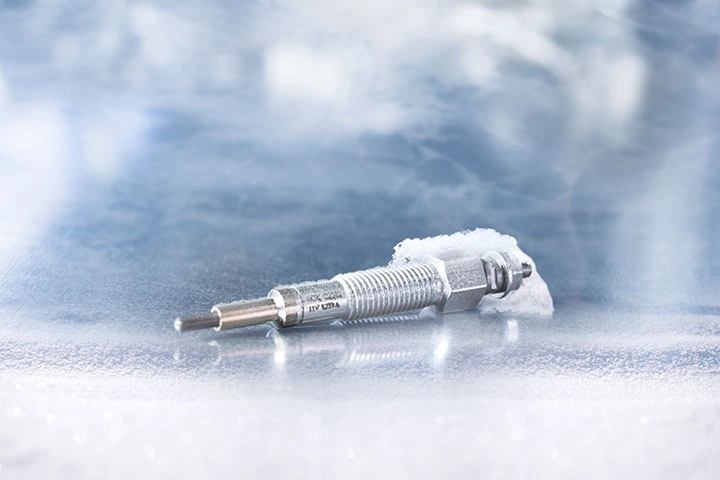You asked Google & NGK SPARK PLUG answers! - Part 7: EGR valves

1. What does EGR stand for? What role does an EGR valve perform?
EGR stands for ‘exhaust gas recirculation’. An EGR valve performs the role of reducing NOx emissions. NOx is produced during the combustion process. It is created when high combustion temperatures enable the nitrogen and oxygen present in the air-fuel mixture to combine. To reduce these harmful emissions, the EGR valve takes exhaust gases from the exhaust manifold and reintroduces them into the intake manifold, mixing them with fresh air. This has a double effect, reducing the amount of oxygen in the air-fuel mixture and reducing the temperature, and thereby reducing the amount of NOx the engine produces.
2. Why is an EGR valve important?
EGR valves help to reduce NOx emissions, which have negative health and environmental effects. To be sold in the EU, vehicles have to meet the European Emissions Standards, which are becoming increasingly strict in terms of what vehicles can emit. This means that the EGR valve has a key role to play.
3. What role does an EGR valve carry out in a diesel engine?
The EGR valve in a diesel engine performs the same role as it does in any other engine type, namely reducing NOx emissions by returning exhaust gas back to the engine's combustion chambers through the intake manifold, and ultimately reducing peak temperatures. There are two different types of EGR valves for diesel engines: diesel high pressure EGR valves and diesel low pressure EGR valves.
High pressure EGR valves: here, exhaust gas that is high-flow and high in soot is diverted by the EGR valve before it enters the diesel particulate filter. The gas is then returned to the inlet manifold. A vacuum is created by a secondary valve in the inlet manifold.
Low pressure EGR valves: here, exhaust gas that has already passed through the diesel particulate filter is diverted back to the inlet manifold through a pipe. This gas is almost totally clean of soot but has a lower flow.
4. Where is the EGR valve located?
The EGR valve is located beside or on top of the engine, close to the intake manifold. It has a tube which leads to the exhaust manifold.
5. What can cause an EGR valve to become faulty?
Soot, short driving distances, defect glow plugs, the wrong air-fuel mixture and abnormal oil/oil vapour entering the combustion chamber can cause an EGR valve to become faulty.
6. What are the symptoms of a faulty EGR valve?
Aside from the ‘check engine light’ being turned on, symptoms to look out for include unstable idling, jerking, knocking and reduced performance/fuel efficiency. Furthermore, an EGR valve that doesn’t close may cause the engine to stop starting.
7. What damage can a faulty EGR valve cause?
A defective EGR valve is not automatically a major problem but if it is not replaced, it can cause issues over time. These include the particle filter becoming damaged. In addition, deposits can also form within the intake manifold and the intake valves can become coated and gummed, which can lead to damage to the turbocharger, a loss of power or even the engine stopping.
8. How can EGR valve failure be prevented?
EGR valve failure can be prevented by following the manufacturer’s recommended service intervals. In addition, defective glow plugs in diesel engines should always be replaced, even if the engine still starts, while short distance driving should also be avoided.
9. What types of EGR valve does NGK SPARK PLUG offer?
NGK SPARK PLUG offers three different types of EGR valves – ‘pneumatic’, ‘electric’ and ‘electric with cooler’. Pneumatic EGR valves have a vacuum-controlled diaphragm. Electric EGR valves are controlled through integrated electronics. These valves are run directly by the engine’s control unit and can be much more precisely regulated. And then there are electric EGR valves that have a cooling unit to further reduce the temperature of the exhaust gases.
10. What is the purpose of the EGR valve sensor?
Located at the top of the EGR valve, the sensor measures the movement of the pintle. This signal is fed back to the ECU (engine control unit), to monitor the exact position of the EGR valve.
 Niterra Blogs
Niterra Blogs








